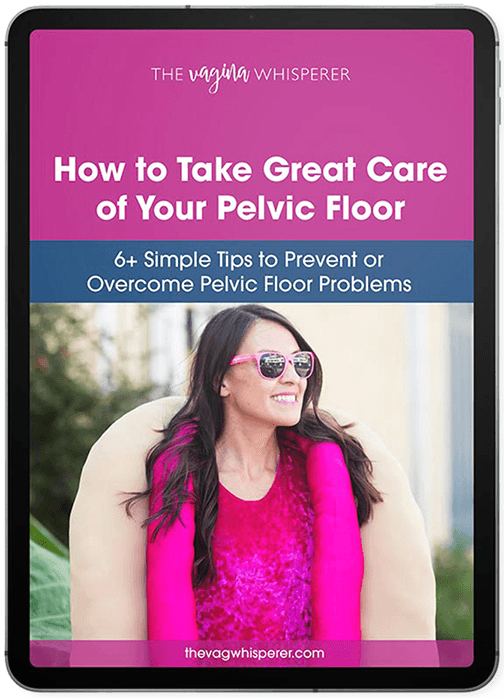Having a plan in place for bringing your child into the world can make you feel more confident, regardless of your chosen method. By learning how to create a natural birth plan, you will:
- Determine labor and delivery options
- Clarify your goals
- Document your care preferences
As you explore your options, you might decide a “natural” birth is right for you. So let’s talk all about how to create a natural birth plan template and how you can best prepare yourself.
Benefits and Risks of Natural Births
Natural births – also called unmedicated or low-intervention births – look different for everyone.
“Natural birth” often refers to a vaginal birth without pain medication (like an epidural or IV pain medication). A natural birth can involve spontaneous labor and holistic practices like skin-to-skin contact after delivery, without induction.
Low-intervention births can bring a sense of empowerment to the birthing person. But it’s important to consider all the pros and cons, so you can make an informed decision that aligns with your values.
The benefits of a low-intervention birth often include:
- Avoiding risks or side effects of routinely offered pain medications
- Moving around and walking freely during labor
- Experiencing each sensation of the birthing process
- Pushing more effectively, which may minimize the risk of tearing
- Recovering faster post-delivery
- Having the option to birth outside a hospital setting
- Lowering your risk of additional medical interventions
Also, risks of an unmedicated or natural birth include:
- Feeling significant pain
- Needing general anesthesia if an emergency C-Section occurs
- Feelings of disappointment if medications are used
Is a natural birth right for me?
There’s no wrong way to give birth. The right birthing situation is whatever keeps you and your baby safe and healthy. But you can certainly have hopes, goals, and preferences for your labor and delivery experience.
When considering a low-intervention, unmedicated birth, consider the following:
- Risk factors in pregnancy (like diabetes or high blood pressure)
- Support systems
- Preferences for pain management
These can help determine if a natural birth plan is right for you.
You can also ask yourself, “What are the reasons I want a low-intervention birth?” Is your goal to limit intervention? Or promote a sense of personal accomplishment? Whatever your reason, clarifying your goals and values in the planning process can bring clarity to your birth plan.
How to Create a Natural Birth Plan
Just like there’s no right or wrong way to bring your little into the world, there’s also no right or wrong way to build your birth plan! Take the time to carefully consider and communicate your preferences to those involved in your care. This can keep everyone on the same page and get you one step closer to the birth you’ve been envisioning. Having a birth doula during the planning process and during labor and delivery can also help.
A great birth plan is clear, concise, and well-informed. It should cover labor, delivery, and postpartum care for you and your baby.
Generally, a birth plan includes the following:
- Preferred atmosphere
- Labor experience
- Pain medications
- Delivery
- Feeding
- Care at the hospital
What is a Doula?
Many pregnant people interested in a natural birth also consider using a doula. Doulas are professionals trained in a variety of childbirth practices. They offer emotional, physical and educational support to folks in any stage of pregnancy or postpartum.
Doulas can be instrumental in a positive birth experience – acting as an advocate during all stages of labor. They help the birthing person with natural pain relief and relaxation techniques, laboring positions, and partner encouragement and support.
Most pregnant folks connect with a doula months before the due date to help make a birth plan that makes sense for their needs.
Sample Natural Birth Plan Template
#1 Preferred Atmosphere
Everyone’s hospital or birthing center is different! Determining what you want and communicating that with your health care team ahead of time is helpful.
- Support person present in delivery room
- Dim or natural lighting
- Calming music
- Essential oils/diffusers
#2 Labor Experience
What factors are important to you while you give birth?
- Ability to move around during labor
- Limited exams
- Food and drink
- Students/other physicians present
- Natural water rupture
#3 Medications
What medications do you wish to receive & how much?
- Pain medicine
- IV fluids
- Pitocin
- Nitrous oxide
#4 Delivery & After Delivery
What kind of delivery do you want to have?
- Water birth
- Forceps/vacuum extraction
- Immediate skin to skin
- Delayed cord clamping
- Save placenta
- Partner to handle cutting the umbilical cord
- Pitocin for third stage of labor
- Circumcision
- Vitamin K shot
- Eye ointment
#5 Feeding
- Breastfeeding immediately after
- Formula
- Pacifiers
- Sugar water
#6 Care at the hospital
- Bath for baby
- Exams vs. bonding time
- Visitors
- When baby is in the room vs. nursery
Talk with your provider to determine if you’re a good candidate for a natural and unmedicated birth.
Simple exercises can help prepare your body for a natural childbirth!
For pelvic-floor-PT-approved natural birth plan, check out The V-Hive Membership. My Childbirth Prep Series will boost your strength and confidence as your due date approaches, regardless of your birth preferences. The program supports you in feeling prepared and empowered for your upcoming birth.





